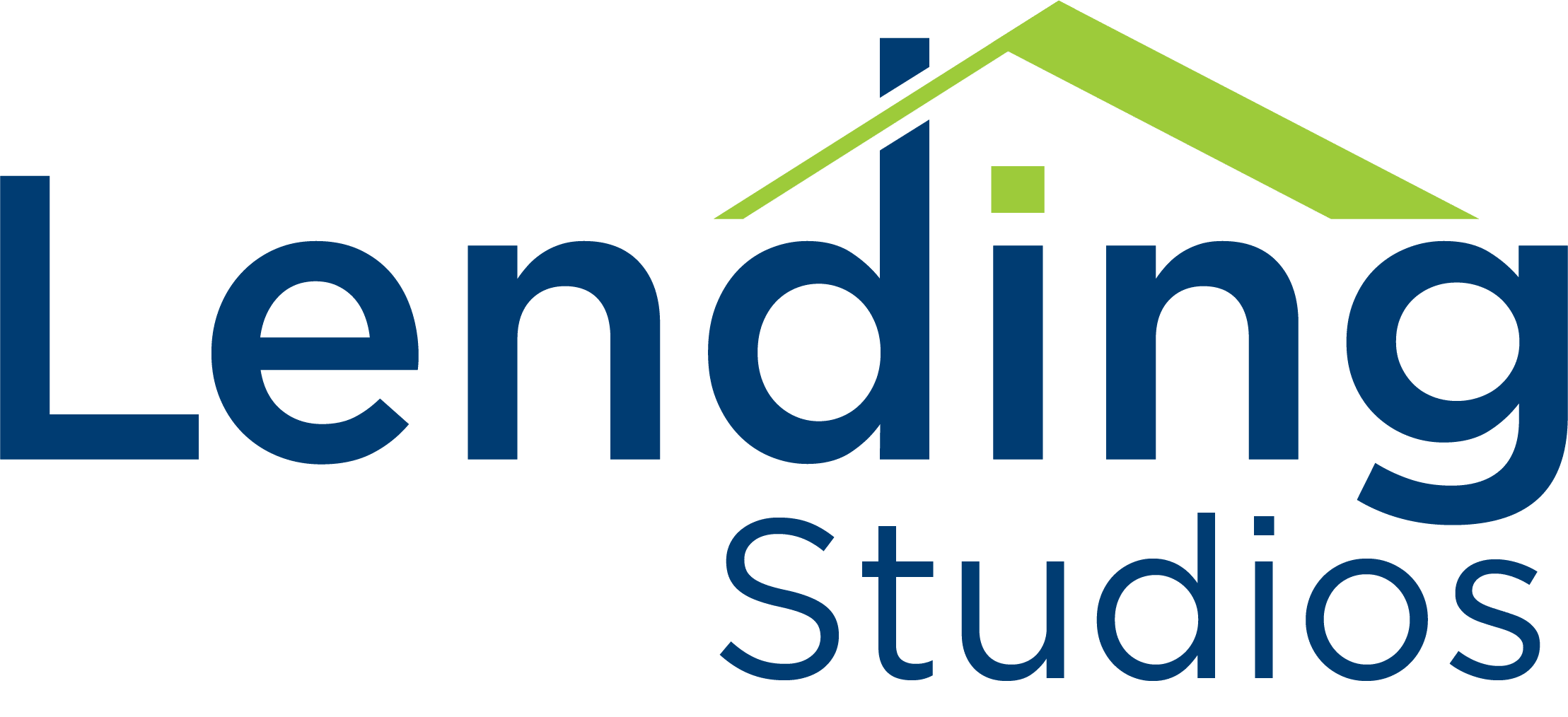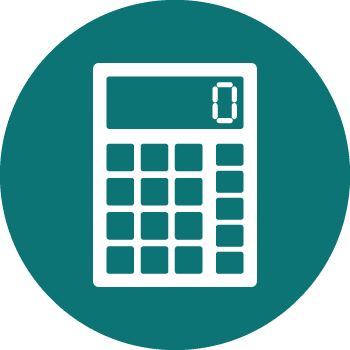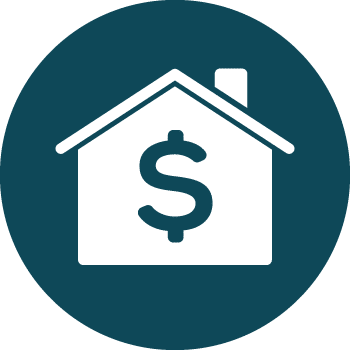How Much Does a 30-Year Refinance Cost?
Refinancing is a financial step of which a wide variety of people around the U.S. take advantage. From wealthy to poor, everyone who is still paying a mortgage on their home can explore the benefits that refinancing holds. Indeed, many Americans at some point in their lives pursue refinancing, and for good reason. It’s one of the best ways to access more liquid wealth, whether you’re lowering your interest rate on your loan, transfering your debt, or just accessing some cash for the purpose of renovating the house. However, it’s not something you can do for free, and that can make people pause. After all, you’re trying to access cash, not spend it.
The cost of refinancing, in most cases, should not diminish the benefits of the refinance. But, we’ll explore the nuance in the situation and help guide you through the process so that you can be sure that you’re getting your money’s worth.
The Cost of Refinancing
Like anything within the lending market, the cost of your refinance is based on a wide variety of factors that come together to create a final price point for the refinancing process on your loan.
What Determines Refinancing Costs?
Current Credit Score
Available Home Equity
Existing Mortgage Type
Remaining Loan Term
Property Location
Remainder of Current Loan
Previous Lender
As with any financial activity or process, you’ll want to have a really good idea of what a refinance will cost and how long you’ll be recovering from those costs before you proceed. As a rule of thumb, your refinance costs will generally stay within the realm of 2-6% of your remaining loan amount. Obviously, this will be altered according to the factors above and how those might affect the final total. However, regardless of the above factors there are a selection of costs that will be straight forward in their pricing and only vary a little from location-to-location and situation.


Steadfast Refinancing Fees
Home Inspection
Credit Report
Application Fees
Origination Fees
Home Appraisal
Flood Certification
Title Search
Insurance Fee
Recording
Reconveyance
When all is said and done, these fees can range anywhere between $2,000 and $4,000. This range, however, excludes the origination fee, as that’s often based on around 1.5% of the total loan amount and is therefore entirely dependent on your personal situation. Additionally, it’s important to note that lenders that claim there are “no closing costs” and “no refinancing fees,” will still charge fees, they just won’t be itemized in your paperwork at the end of the day. Those same fees will be rolled into your loan or your interest rate. As with any interest rate or loan opportunity, you’ll end up paying more if you don’t pay upfront. Make sure your monthly payments on the new mortgage are actually your mortgage, not a selection of padded fees that have been rolled into the cost.
For most people in the United States, $2,000-$4,000 isn't an absurd amount of money, but it is a healthy amount to spend without much of a second thought. While it’s certainly a small price to pay to access the myriad benefits that are available through refinancing, it’s important to ensure that you’re a good candidate for refinance before you proceed and find yourself making a misstep down the line.
Why Are There So Many Costs Associated With Refinancing?
While refinancing may seem like an expensive process when you’re really only reformatting the loan, it’s not. The charges associated with refinancing are the same charges that are applied when you first buy your house, you likely just forgot about them, or thought of them as a part of the total price of the house. In fact, the price to refinance is very similar to the price associated with a new mortgage. However, your refinance costs will not include the property taxes, mortgage insurance or homeowners insurance which are often tied in with the price of the loan when you’re first investing in a new house. These charges, obviously, won’t need to be applied with a property that you already own.
What is a Recording Fee?
When you refinance, you’ll need to pay for a new recording fee. That’s because the state government requires that deeds on properties have the correct mortgage information on them. When you refinance, you’re essentially borrowing a new sum of money to pay off your old loan, so you’ll be accessing an entirely new loan and the recording fee covers that the state knows that information is updated. The fee varies based on state, county, and township but it’s never overly high.
What is a Reconveyance Fee?
When you open a new loan, you’ll be satisfying the old mortgage, and a reconveyance fee is often charged by the original lender. They do this to release their remaining interest from the property.


Other Potential Fees
In some situations, you may also need to pay for points, yield-spread premium and, after all, pay for homeowners insurance on the property. However, these are rare and often specific cases. For example, you can often avoid paying homeowner’s insurance if you can submit proof that you already have adequate coverage on the house, thus you won’t need to reinvest in something you already have.
The term “points,” refers to the loan-discount points and potential lender credit points that might help with the cost in the long-term or the short term. With points, you could pay 1% of a loan amount to reduce your interest rate by a certain percentage total. These can be applied in different ways and will result in you paying more or less money down the road or at the moment. This can sometimes make the refinancing fees more affordable depending on your specific situation.
The yield-spread premium is a fee you’ll pay if you go through a mortgage broker. It’s essentially a fee or commission for arranging the refinancing process and transaction. It acts as payment for their services.
Weighing The 30-Year Refinancing Options
The list of fees can seem intimidating, but for what you gain from completing a 30-year refinancing, it’s almost always worth it. If you’re planning on staying in your home for some more time and you’re happy where you are, a 30-year refinance is an excellent way to save money and make your day-to-day life easier.
For example, one of the more common forms of refinancing is cash-out refinancing, which allows you to take out a portion of your home equity and use the cash for other means. People do this to renovate their home significantly, to pay for a child’s college fund, and even just to go on the vacation of a lifetime. It allows them to take advantage of the cash they’ve been stowing away within their house so that they can utilize it elsewhere.
A 30-year refinance also allows people to take advantage of better interest rates that make it easy to lower their monthly payment as well as the long-term cost of their property. In fact, lowering your interest rate will save so much money in the long run that the initial refinancing fees never get in the way.
Start The Refinancing Process Today!
A 30-year refinance is one of the best financial decisions you can make. The cost shouldn’t be an obstacle to make a great financial step forward for your future. Start exploring your options for a 30-year refinance or an even lower term refinance depending on your specific needs. Learn more through LendingStudios.com now.
Mortgage Calculators
Quickly predict your monthly mortgage payment and interest with this customizable tool!
Mortgage Resources
Leverage the tools you need to find a borrowing solution that fits your particular needs and budget.
Mortgage FAQs
Get answers to the most commonly asked mortgage questions.




